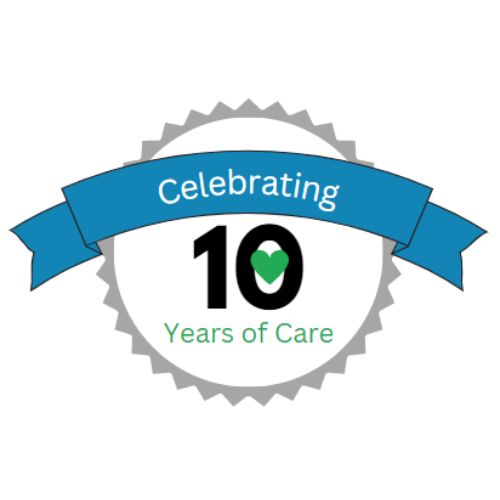Getting older has its fair share of ups and downs. One of the downs is that with age comes a higher risk for developing health issues. While older adults may be more at risk for certain medical conditions, it doesn’t mean that preventative measures don’t work. Informing yourself on how to take care of your body, even as you get older, can help to reduce your chance at common health issues. One of the commonly experienced health issues seniors face is high cholesterol. However, with helpful cholesterol information, older adults can do a few things to help prevent issues brought on by high cholesterol levels.
Statistics and Other Cholesterol Information
It’s estimated that over half of the adults in the United States have high cholesterol. And while high cholesterol may not bring about any immediate problems for younger individuals, it can be serious for older adults. People 65 years and older with high cholesterol are at an increased risk for experiencing cardiac failure or stroke. So, it’s important for every adult, whether young or old, to learn from cholesterol information which can help to prevent health problems.
Types of Cholesterol Issues
Early identification of cholesterol levels is crucial to management. But, most people don’t even know they have high cholesterol because it doesn’t provide any immediate symptoms. This is why it’s so important to get regular check ups as an aging adult. To have cholesterol levels determined, there are three types of fats, located within the blood, used for measuring. These types of fat include:
HDL: These types of fats, or “good cholesterol”, help with unhealthy cholesterol levels. Basically, their job is to identity and attach to “bad”, or LDL, cholesterol cells and transfer them to the liver so they’re excreted as waste. So, it’s best to have a higher number of these types of cholesterol cells. It’s generally suggested that adults have an HDL level of 60 mg/dL. Anything under 40 HDL puts a person at risk for heart disease and stroke.
LDL: Otherwise known as “bad cholesterol”, LDL can build up within the arteries responsible for carrying blood to and from the heart. Thus, making it difficult for the heart to function properly and resulting in health issues. So, a lower number of LDL cholesterol is best. It’s suggested that adults have an LDL cholesterol level of 100 mg/dLand anything over 150 is unhealthy. Fortunately, medication, diet and exercise can all help to reduce LDL levels and even prevent them from rising altogether. But, for some, LDL levels are due to inherited genetics.
Triglycerides: These types of fatty cells are also considered bad for health as they can increase risk for health concerns. Just like LDL, it’s suggested that individuals have lower than 100 and no more than 150 mg/dL. However, a healthy diet and routine exercise can help with these types of fats for almost anyone who has trouble maintaining a healthy number.
Preventing High Cholesterol Levels
While there are things seniors can do to manage cholesterol levels, it can be difficult for them. It’s hard to remember to take needed medications, stay on top of a healthy diet and frequently exercise as we age. So, extra help is usually extremely beneficial, especially for those with already high cholesterol levels. To receive help, consider the aid of an in-home caregiver. Home caregivers may provide help to seniors with managing cholesterol levels. Managing medications, helping with exercise, shopping for healthy groceries and cooking healthy meals may all be services in-home caregivers offer.
Here at Florida First Senior Home Carecare, we provide referrals for in-home caregivers. We take our job of pairing individuals with the right caregiver seriously. So, if you’re ready to get the help you need to manage cholesterol levels, contact us today at 561-771-5980







